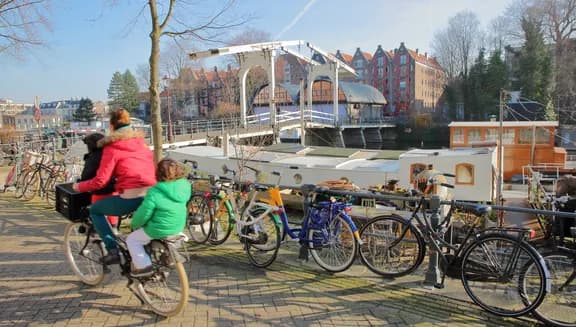
Driving in Amsterdam
Driving in the Amsterdam city centre
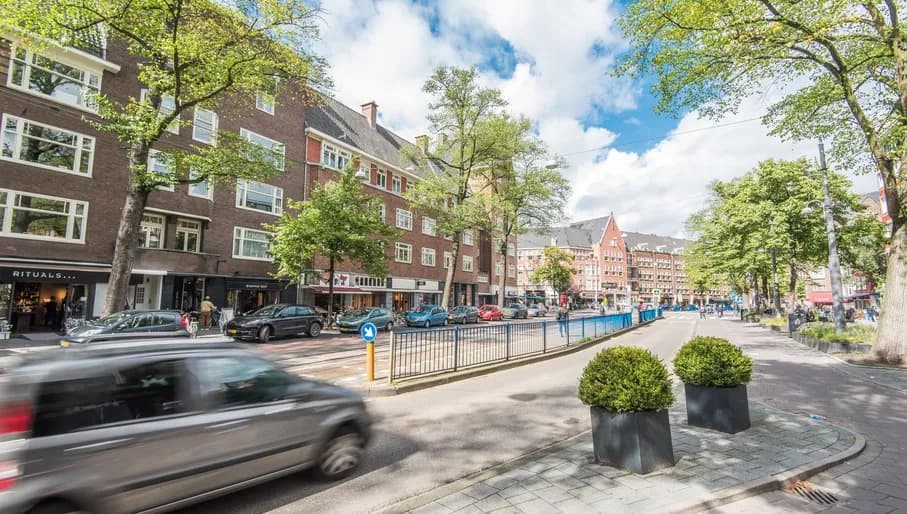
Amsterdam’s 17th-century streets weren’t designed for cars, and central districts can be crowded with trams and fast-cycling locals. The key road for drivers is the A10 ring road, which connects to the city via 18 S-routes. Knowing the right S-route simplifies navigation. Roadworks may alter traffic conditions, so always check for temporary (often yellow) signs, as GPS systems may be outdated. 80% of the roads in Amsterdam have a speed limit of 30 km/h. The maximum speed will be indicated on each street with the familiar round red and white traffic signs.
Low emission zone
Amsterdam has a low emission zone (LEZ) for diesel vehicles only. Petrol-fuelled vehicles can enter the environmental zone without restrictions. The LEZ starts when you leave the A10 ring road and enter the city. In some cases, you can apply for an exemption.
Parking in Amsterdam

To maintain liveability and accessibility in Amsterdam, the streets within the Ring Road A10 are all paid parking areas. The parking spaces in the city centre are the most expensive since these spaces are the most scarce. These fees can be rather considerable, as are the fines if the rules are broken. What's more, it's simply not efficient to drive within central areas, as the narrow streets are too busy. Read everything you need to know about parking in Amsterdam.
Park-and-Ride (P+R) on the outskirts of Amsterdam
It is typically recommended to use the parking garages and Park-and-Ride (P+R) facilities outside the central area. These offer excellent public transport connections, enabling you to reach your final destination quickly and efficiently. During your stay in Amsterdam, travelling by tram, bus, or metro is a relaxing option wherever you go. Learn more about Park-and-Ride (P+R) options in Amsterdam or check the current parking availability.
Parking fines
Amsterdam enforces strict parking regulations. You'll receive a fine notice on your vehicle if you underpay or don't pay for parking. Vehicles parked improperly and obstructing traffic may be towed. Accumulating more than two unpaid parking fines can result in your vehicle being wheel-clamped; the clamp is removed only after all fines and a €158 removal fee are paid. If not settled within 24 hours, the vehicle may be towed. For assistance with a wheel clamp, call 020 251 3787 between 09:00 and 21:00. Read more about parking fines in Amsterdam.
Collecting your towed car
If your car has been towed in Amsterdam, you can retrieve it from the depot at Daniël Goedkoopstraat 5-9, which operates 24/7. The towing fee is €452 if collected within 24 hours, plus €9 for each additional 24-hour period. Payments must be made by debit or credit card; cash is not accepted. Remember to bring valid identification.
Disabled parking

Amsterdam’s streets have a number of parking spaces reserved for the cars of people with a physical disability. Marked with a wheelchair icon, these disabled parking spaces can only be used by people who have a valid disabled parking permit. Read more about disabled parking in Amsterdam.
Electric vehicles

Charging an electric vehicle in Amsterdam requires a pass, and standard parking fees are applied. Charging points are available citywide and can be found on a map by address or postcode, showing plug type and availability. EVs must be connected when parked in designated spots, with no time limit. Visitors can pay via an app. Charging points are also available at all P+R locations. EV owners get priority for parking permits and can request new charging stations from the City.
Related articles
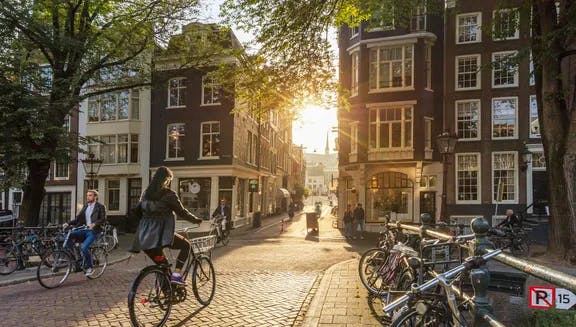
Health, safety and crime in Amsterdam: who do I contact?

Handy Amsterdam apps for your trip

Cruise ships to Amsterdam

Sex and drugs in Amsterdam: what are the rules?
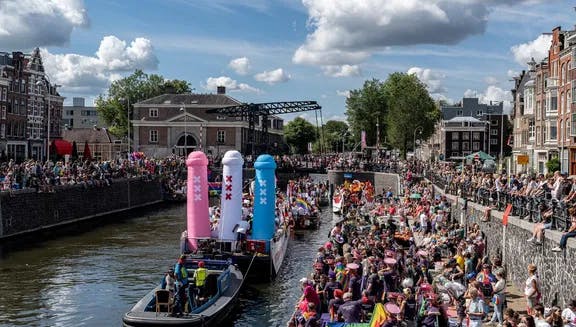
LGBTQI+ safety and resources in Amsterdam
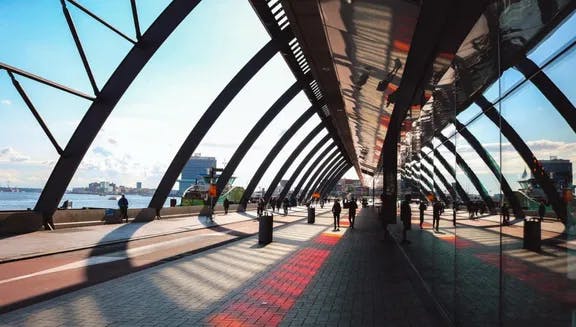
Luggage storage in Amsterdam

How to get from Schiphol Airport to Amsterdam

Coach travel to Amsterdam
